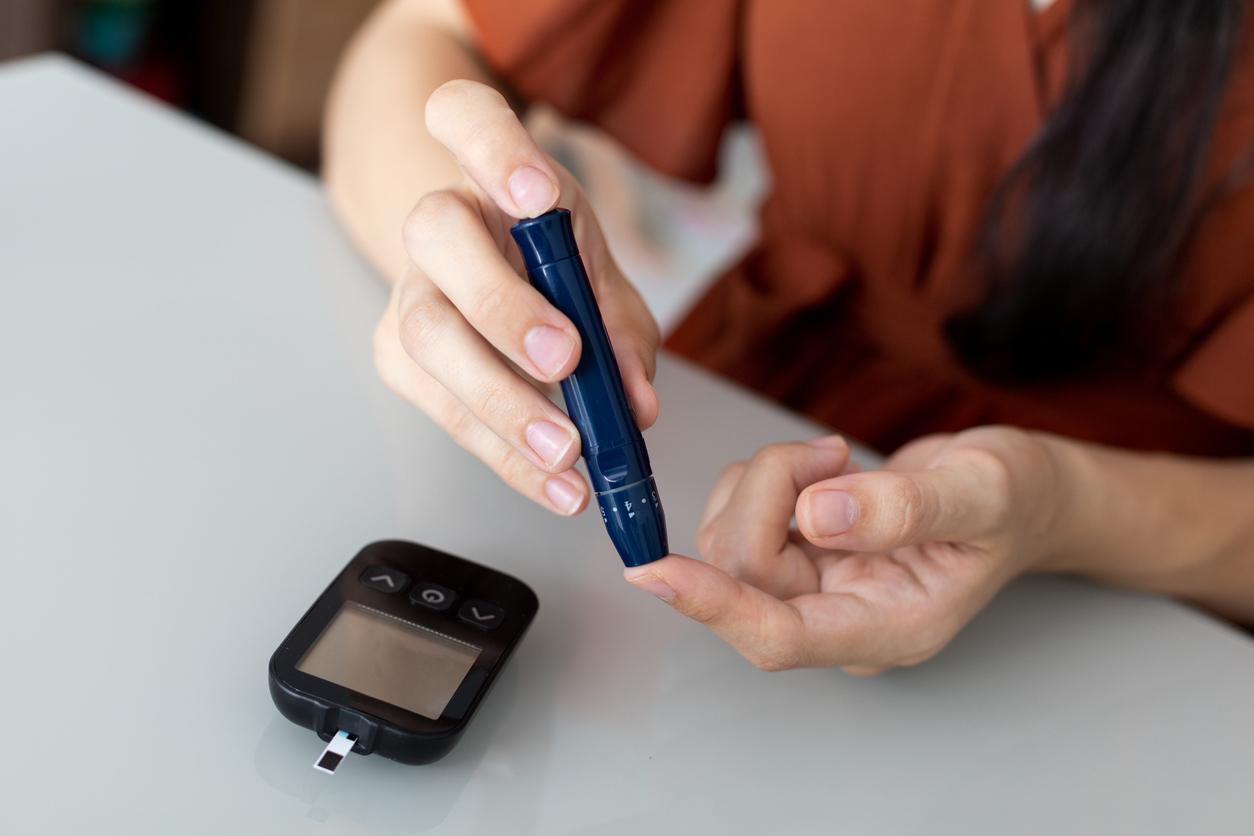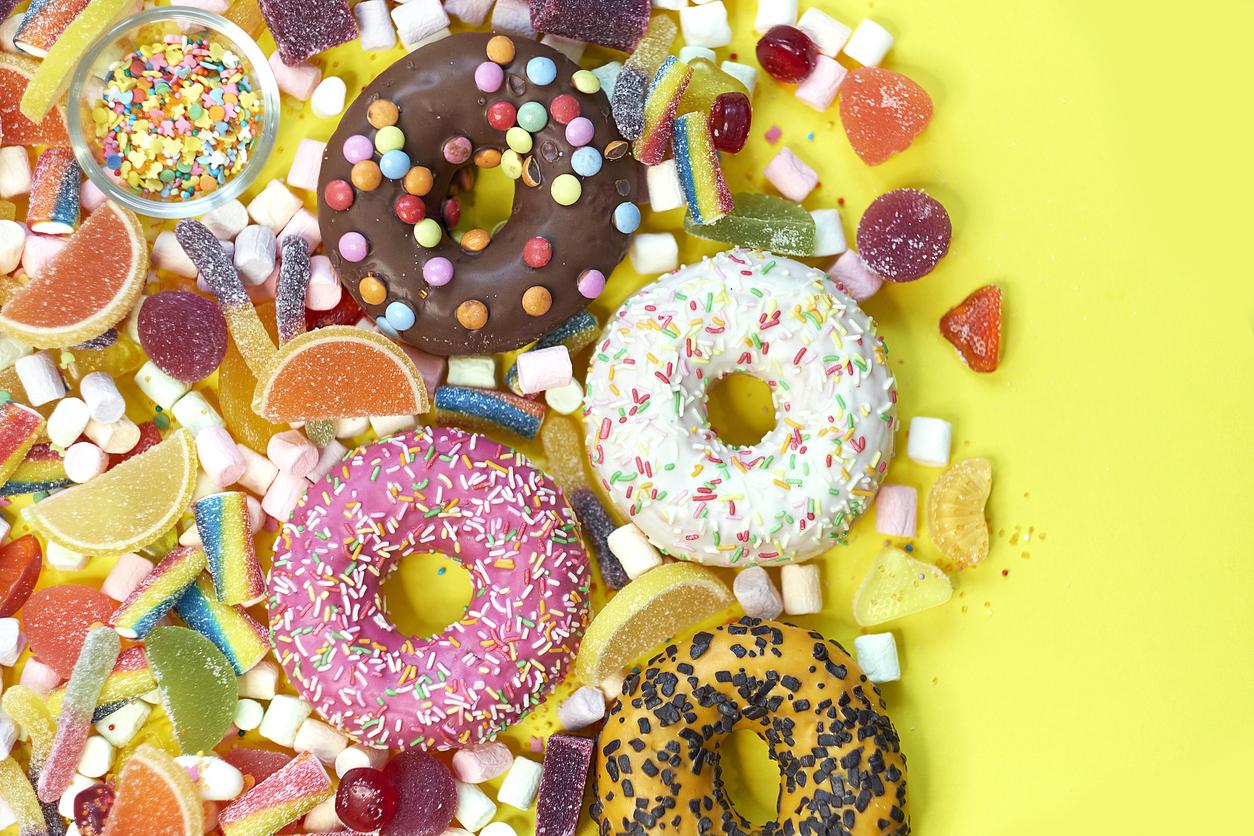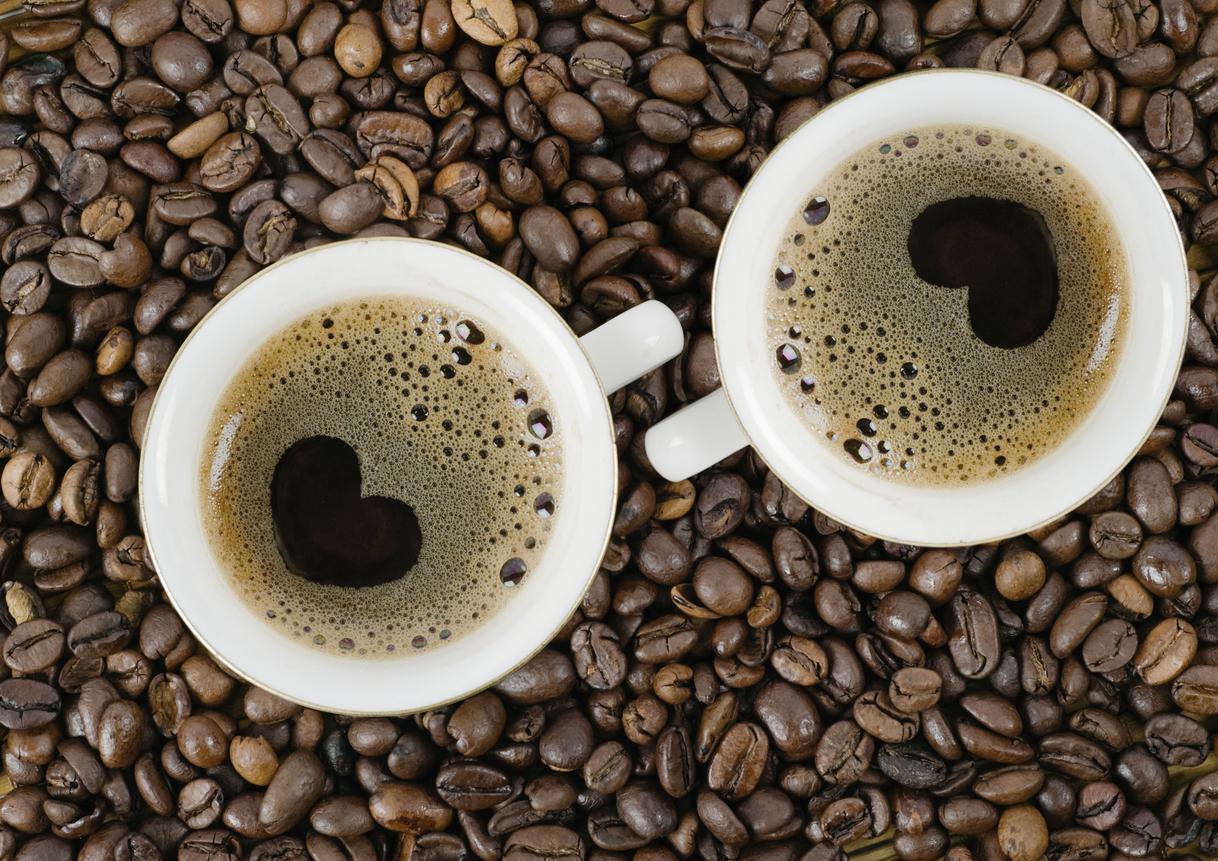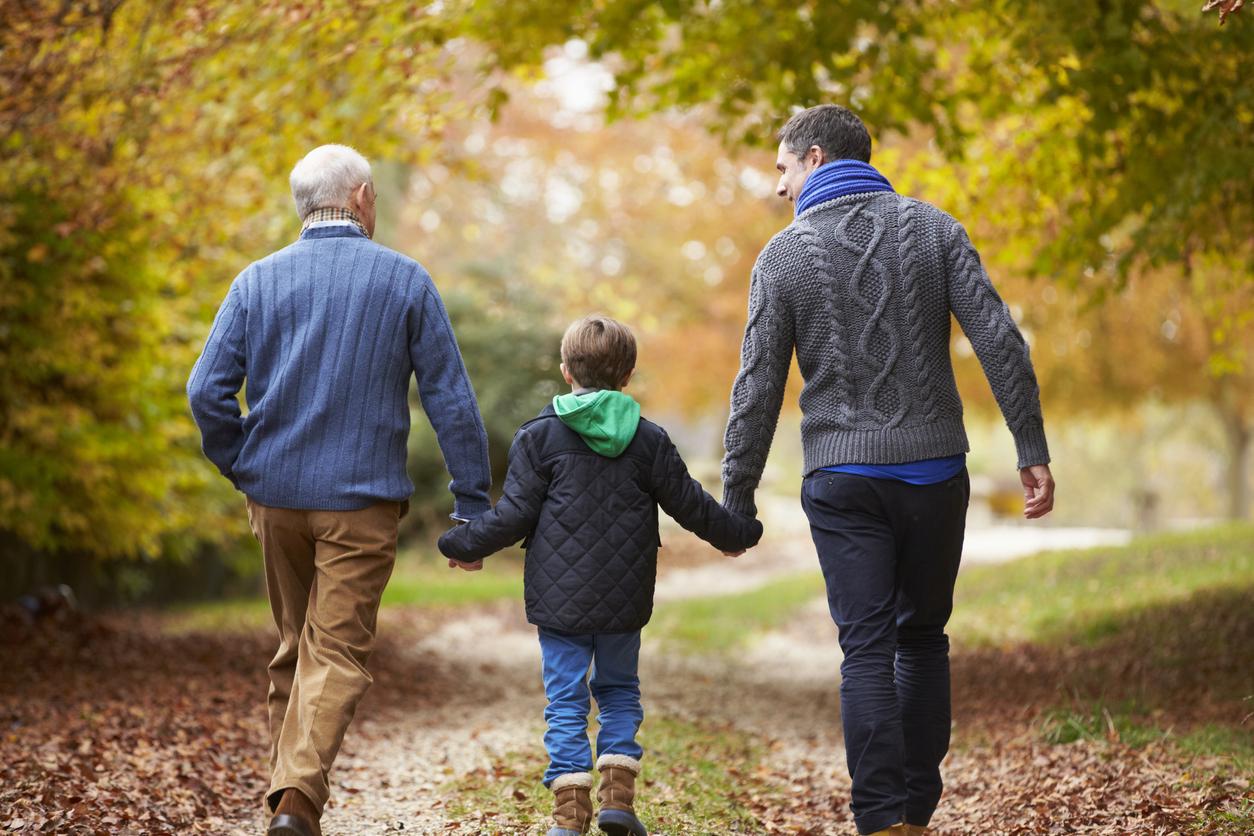
June 28, 2019
Sugar is omnipresent in our food. Yet, it causes health complications. So what alternatives can be of interest?
Young people, big consumers of sugar
35 kilos per year. This is the average sugar consumption for each French person. A figure far too high, according to the National Food Safety Agency (ANSES). And young people are on the front line. 75% of 4-7 year olds, 60% of 8-12 year olds and 25% of 13-17 year olds consume too much sugar, especially in ready meals, syrups, cookies or sodas.
Faced with this worrying situation, many French people want to find alternatives. Eating better, cooking more and choosing better quality ingredients are therefore recommended. But when it comes to sugar, the choice is wide. LCI took a tour of the good and bad sugars with nutritionist Raphaël Gruman.
Recommended syrups
For Raphaël Gruman, the sugar to prioritize is coconut sugar, made from the sap of the flowers of Coco Nucifera. Its glycemic index is low, at 35 but remains as caloric as white sugar. Among other sugars, the nutritionist emphasizes that white, brown or cane sugars have little difference. The latter is also more caloric than white sugar. Finally, although not providing any calories, sweeteners are not recommended. They have an addictive tendency and their health benefits are yet to be proven.
The nutritionist advises to turn to agave syrup. As caloric as honey with 300 calories / 100 grams, it has a lower glycemic index of 65 compared to 68 for honey and 70 for sugar. A syrup rich in minerals (iron, calcium, magnesium, potassium) and slightly higher sweetening power than white sugar. Maple and birch syrups have properties very similar to agave syrup. However, they should be consumed in moderation.
Nicolas boutin
Read also : Honey and its multiple uses















